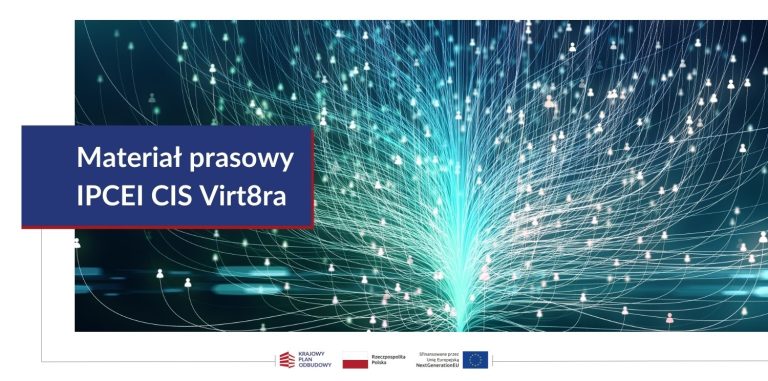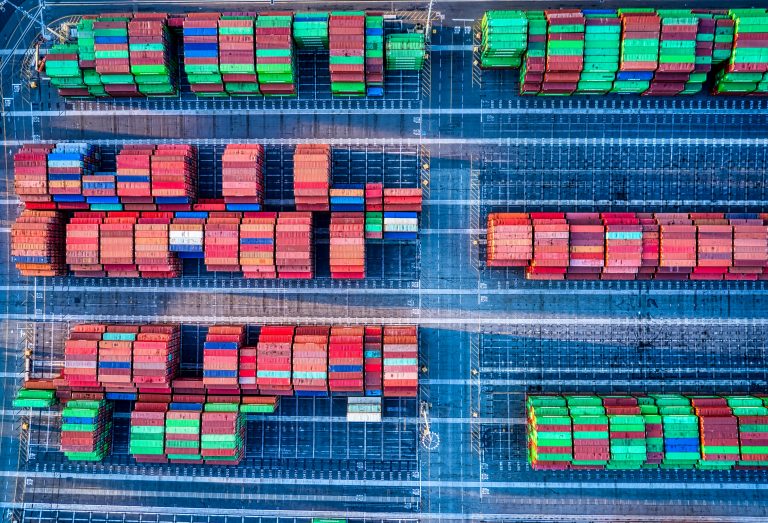As one of the largest online publishers in Poland, Edipresse Polska S.A. decided to upgrade their disaster recovery strategy for one of core business web applications.
OVERVIEW
Edipresse Polska S.A. was looking for a cloud solution that will enable fast disaster recovery of critical IT systems without incurring the infrastructure expense. That is why the company asked the Oktawave multi-cloud provider, to work out the best solution within this scope. The natural choice was to leverage AWS durable and secure global infrastructure for a comprehensive disaster recovery environment.
COMPANY
Edipresse Polska S.A. is a media company and its portfolio includes the largest websites as well as weekly and monthly magazines for women. It is a Polish branch of the international Swiss media group Edipresse, which was established in 1995 in Warsaw. Since 2000, it has been a joint stock company with 100% Swiss capital.
Since 2016 the company works closely with Oktawave, a recognised Polish public cloud provider and multi-cloud business solutions expert. Alongside its highly available and secure IaaS products, Oktawave provides public cloud migration and management service, which helps to optimise IT infrastructure costs. Our service portfolio includes also the offerings of AWS.
THE CHALLENGE
As an online publisher, Edipresse Polska S.A. depends on the constant availability of its applications. Working in collaboration with Oktawave, Edipresse Polska S.A. decided to create a backup environment for its web application to secure its availability in the event the existing infrastructure was unavailable for any length of time.
Edipresse Polska S.A. required in its disaster recovery strategy that the application would be quick and easy to shift between two independent cloud solution providers in case of outage of the primary infrastructure.
The company defined its main requirements and acceptable conditions regarding the solution:
- Ensure disaster recovery target is geographically distant from the primary data center
- All persistent data has to be online replicated to Disaster Recovery Center (DRC)
- Infrastructure in the DRC should be kept to a minimum in order to reduce costs
- During switching to DRC downtime of the business web application is acceptable
THE SOLUTION
During the searching phase for the best solution from various providers, we looked for the one that would meet all requirements. Main reason why AWS was chosen was that it provides the ability to quickly launch infrastructure on demand. Moreover, the Edipresse’s business application already uses the services provided by AWS (S3, Route53) which made the implementation easier.
The established second Data Center which acts as a Disaster Recovery Center currently operates in two modes:
1. Standby
- In this mode there are two EC2 instances. On this EC2 there will be separate PostgreSQL instances configured as slaves for servers placed in primary DC
- Communication between primary DC and DRC infrastructure is secured by VPN Gateway
- During application deployment artifacts are saved in a S3 bucket
- On regular basis in CI/CD process there are prepared custom AMI’s
- Configuration files, Ansible playbooks and Terraform code are stored in AWS Code Commit
2. Active mode
Includes CI/CD processes lunch infrastructure that consist of:
- EC2 cache servers
- EC2 Application servers
- Elastic Cache Redis
- EC2 Sphinx server
- Application Elastic Load Balancer
- The same CI/CD process change DNS records in Route 53.
BENEFITS
All implemented solutions met the assumed goals and brought the following business benefits:
- Low TCO
Disaster recovery infrastructure in standby mode is based on two EC2 instances and VPN gateway. Such solution generates low monthly cost, which significantly reduces TCO. The cost increases only in case of an actual disaster.
- Increased application availability
Application downtime in case of failure of the main environment has been significantly reduced. To achieve that goal switching procedure was implemented as a CI/CD process and it use automation tools.
The natural choice was to leverage the durable and secure global infrastructure of AWS for a comprehensive disaster recovery environment.

Ostatnie wpisy
Może zainteresują Cię także…







